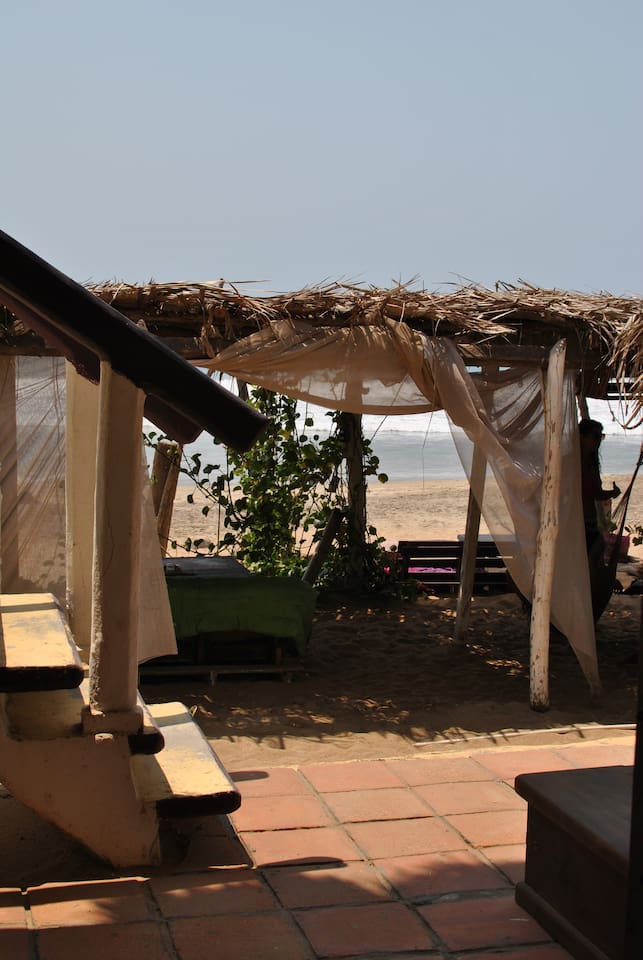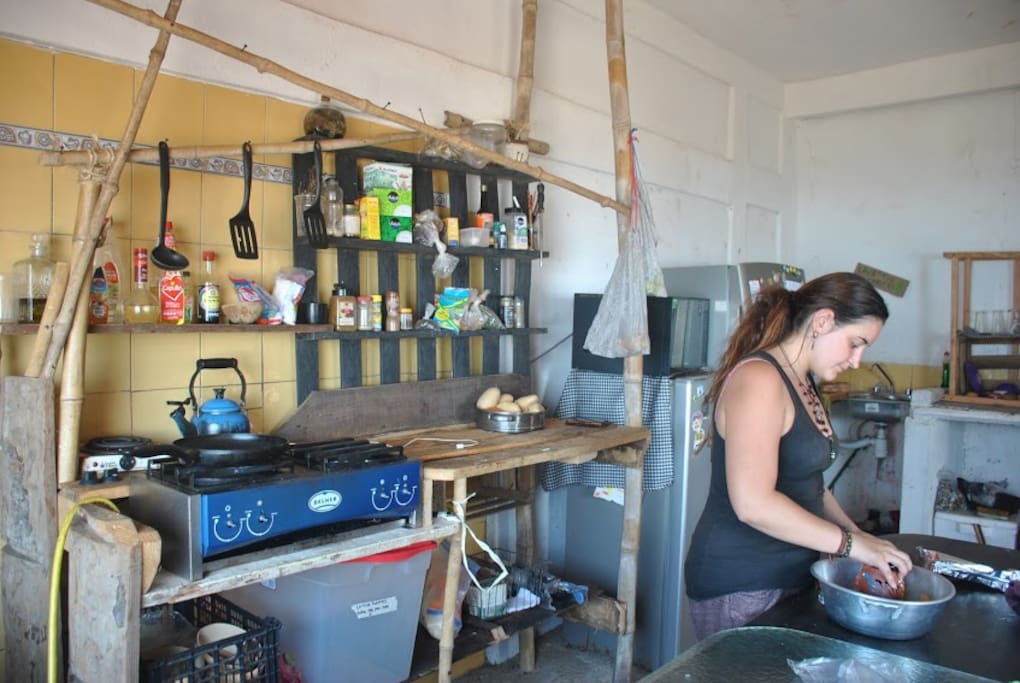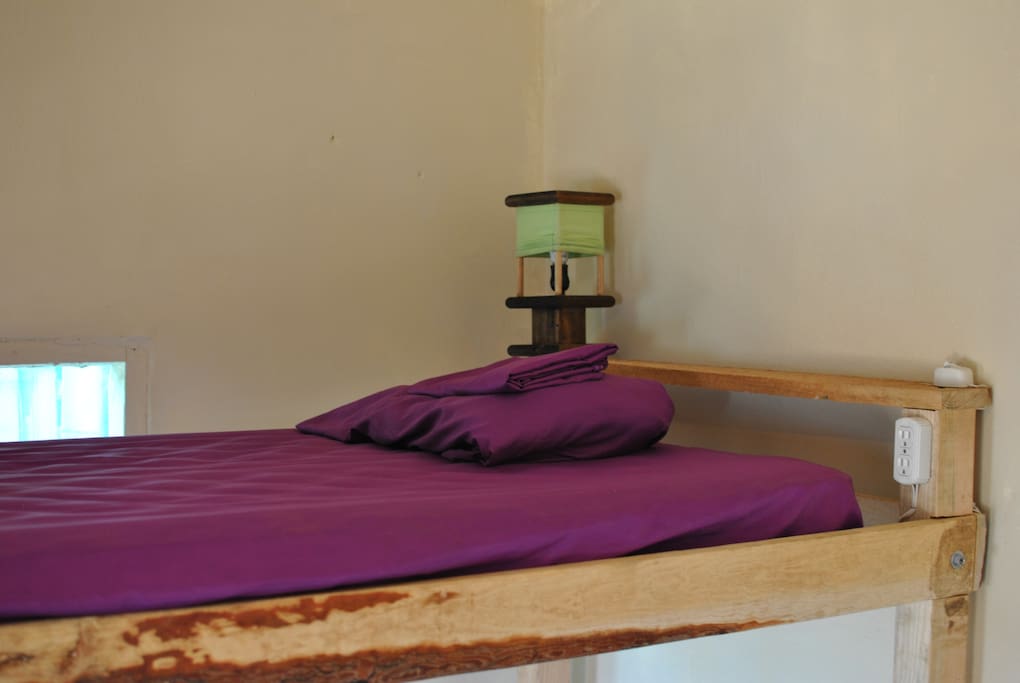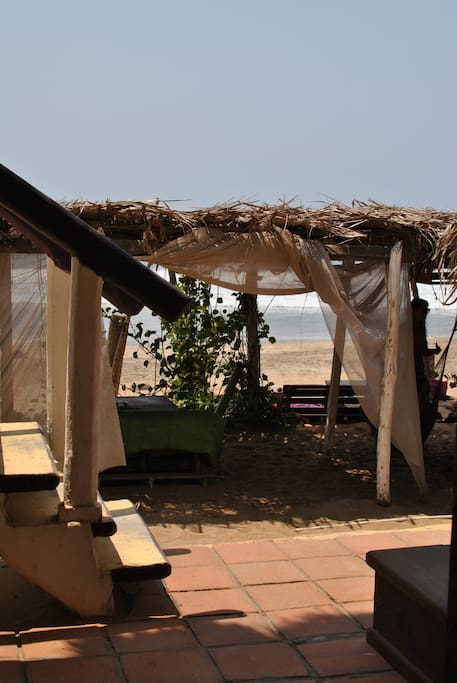Picking Apart The Differences Between Tequila And Mezcal

UPROXX / UNSPLASH
Mezcal is having a big moment in the bar scene around the world. The smoky relative of tequila is showing up on menus everywhere from high-end cocktail bars to local Tex-Mex joints, creating a sales boom. But the spirit is still often conflated with tequila — perceived as an offshoot of the mother spirit, rather than its own thing. So we thought we’d break down what the difference between mezcal and tequila actually is.
Let’s be upfront about this: mezcal and tequila are indeed very, very similar beasts, with only a few significant differences in the production process. Is mezcal better? Is tequila? That’s a matter of preference, though many modern mixologists feel like mezcal is a little more versatile as the base for a mean cocktail. Tequila and mezcal feel almost interchangeable when it comes to citrus-forward drinks like margaritas and Palomas, but when you start talking about Manhattans and old fashioneds, mezcal feels like a better fit.
Let us explain why.
What is Mezcal?
All tequilas are mezcals but not all mezcals are tequilas. Mezcal (and tequila by default) has its roots in pre-Columbian fermented drinks made from agave, called pulque. Whether Indigenous folks were producing a distillate before the Spanish showed up is up for debate. There are devices from as early as 1,500 BCE that could have been used to distill agave and have been shown to actually work. So the roots of a distillate made from agave could be far, far older than the Spanish invasion.
Still, the general history of what mezcal is has roots in Spanish colonialists needing to get their drink on when the brandy ran out. The Spanish brought stills with them from Europe to make aguardiente, literally “firewater.” In the Caribbean, this was done with sugar cane and molasses from local sugar production. In Mexico, it was done with agave — since agave was already readily being fermented into pulque.
In a twist that underscores the “necessity is the mother of invention” truism, the Spanish crown basically prohibited the Spanish colonialists from planting grape vineyards for wine and brandy in the early days. This led directly to an early 1600s boom in what became known as “mezcal,” since agave plants were readily available. By the time the 1800s rolled around, mezcal was a staple product being produced from the southern reaches of Oaxaca into what is now New Mexico by the Mescalero Apache. (The Apache tradition of roasting agave hearts and allowing them to ferment for three days in a desert pit before eating them communally has seen a comeback recently.)
So, here’s what makes mezcal mezcal. The spirit is made from any of 30 different varieties of agave plant grown around Mexico. Oaxaca is the dominant region for mezcal production. Though, according to the laws governing its production, mezcal can be made in Durango, Guanajuato, Guerrero, San Luis Potosí, Puebla, Michoacan, Tamaulipas, and Zacatecas as well as Oaxaca.
The agave takes anywhere from seven to fifteen years to grow a viable “piña” or heart. Jimadores (agave farmers) tend to the plants throughout the year and ultimately harvest the piñas when they’re ready. The piñas are then slow roasted for three days, usually underground, in pits with hot stones. Next, the cooked piñas are crushed into a pulp. This last process is still often done by a tahona (large grindstone) being pulled by a horse or mule. The mash is then put into a fermentation tank where yeasts and water are added. The yeasts eat the sugars and leave behind alcohol. That liquid is then distilled twice, first to 37.5 percent ABV and then to 55 percent ABV.
If the mezcal is a “joven,” it’s unaged. “Dorado” or “Gold” is unaged but colored artificially. “Reposado” or “añejado” is aged for anywhere from two to nine months. Lastly, “añejo” is aged for at least 12 months but usually three to four years. There are also sub-types of mezcal — pechuga for instance — that go through a separate distillation process where cinnamon, various fruit, and turkey or chicken breasts are used to flavor the spirit. This process is also having something of a renaissance.
What is Tequila?
Tequila is very specifically distinct from mezcal in two ways. First, tequila is only made in Jalisco. Second, it’s only made from blue agave. The highlands of Jalisco create a very specific climate that makes the blue agave grown there unique. It also allows for a variation in aging due to a cooler, higher-altitude climate.
It’s not so much that tequila is more refined. It’s more that tequila is being madeunder different conditions. This highland growing adds a sweeter, more fruit and agave-forward flavor to tequila.
Overall, the process is very similar. The biggest difference is the roasting phase. Tequila piñas don’t need to be roasted for three days underground. Otherwise, the tahona grind, the fermentation tanks, and double distillation process are pretty much the same. Because of this difference in roasting, the flavor of tequila is less likely to be described as “smoky.”
In distillation, yeasts eat fructose sugars and create a low-ABV liquid that’s then twice distilled. When the spirit is bottled as a “Blanco” or “Plata” or “Silver” it’s unaged. “Gold” has coloring added to create the amber hue. Otherwise, the tequila is pumped into charred barrels — often once-used bourbon barrels — where it ages for two to eleven months to become a “Reposado” or up to three years to become an “Añejo” or anything over three years to be called an “Extra Añejo.” Finally, it’s bottled and you get to drink it.
The Difference:

UNSPLASH
The biggest difference is the taste of mezcal when compared to tequila. As mentioned, mezcal has a distinct smoky nature with a mildly oily texture. That smokiness is thanks to the pit roasting for three days wherein the smoke is locked in, straight up smoking the agave piñas. This is analogous to smoking barley for smoked beers or some single malt Scotches.
A well-made tequila will have a brightness to it. There’ll be a very clear essence of roasted agave in every sip. As it ages, spices will appear from the charred oak aging. Think cinnamon, allspice, cloves, vanilla, and maybe more nuanced spices like cardamom. There is a clear floral feel to a great tequila that transports you to an agave field on a warm spring day in Jalisco. Hints of almonds are not uncommon and can lean into an almost marzipan-covered-in-caramel sweetness as the aging process enters multiple years.
Mezcal’s smoky, dank nature feels more like a tobacco-stained library where you sink into old leather chairs. The essence of agave is still 100 percent front-and-center but the surrounding flavors tend to lean more towards smoke-filled pits in the desert instead of bright spring farm days. Once aging is introduced, that smokiness can amp up while combining with a sharper spiciness than tequila.
There’s a hot pepper note to mezcal that feels more like a rye whiskey. A fatty nuttiness starts to come into focus as well. The sweetness feels closer to crème brûlée thanks to the burnt nature of the smoke. That, right there, is why mezcal works wonders as a rye or bourbon replacement in so many dark cocktails.
In the end, mezcal is fully distinct from any tequila and vice versa. It really depends on what you’re aiming for when picking between the two. One isn’t better than the other, they’re just different. Our advice, grab a bottle of each and decide which one makes your heart flutter the most, then experiment from there.










